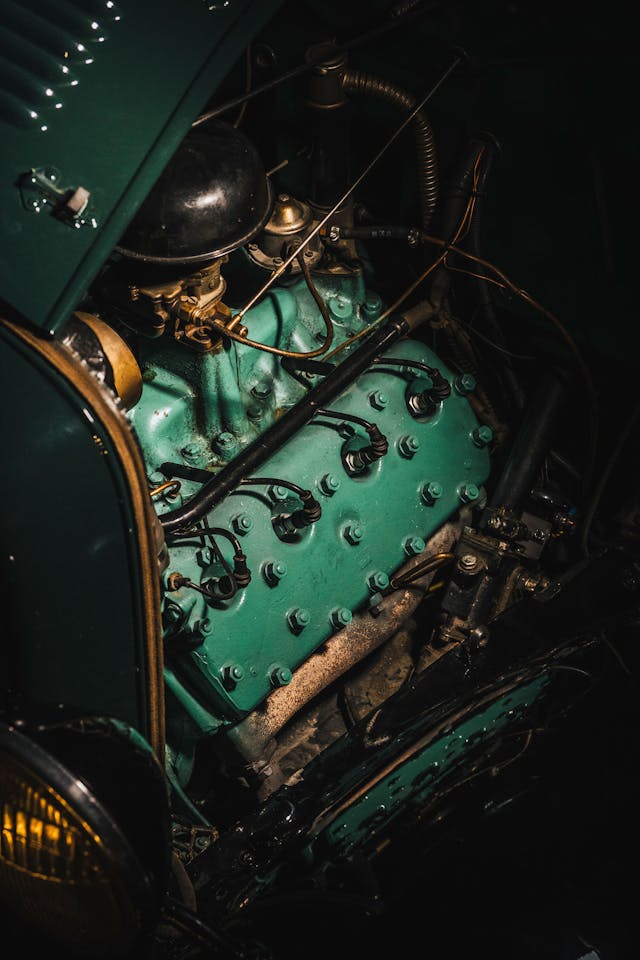Media | Articles
On this date in 1935, Ford built its 2-millionth Flathead V-8
The Ford Flathead was a defining moment for Ford when it was released in 1932, utilizing the brand’s penchant for perfecting automotive technology for mass production. Just like with the Model-T, Ford wasn’t the first automaker to offer V-8s, but it had mastered the art of casting to allow for the engine block to be formed entirely out of one piece, something that few manufacturers were capable of producing at the time—much less one aimed at the average Joe and Jane American.
The road to production wasn’t easy, both due to the relatively cutting-edge design for the period and Henry Ford’s notoriously turbulent leadership style. When Ford Motor Company began looking at replacing its common inline four-cylinder engines at the time, Henry initially had engineers develop an air-cooled, eight-cylinder radial known as the X-8. It wasn’t far removed from an aircraft and suffered several cooling and oiling issues in automotive use, so he finally directed the development of a low-cost V-8 in 1928.
Four wildly different variations were created as Ford hacked out his final vision for the engine, even though his wishes were sometimes at the behest of the engineers. Several designs were scrapped when engine designers proposed features he opposed, such as the inclusion of water and oil pumps over more passive circulation systems—but ultimately, they were able to guide their ring leader to give his final seal of approval in 1931.
Featuring a 90-degree block, the new V-8 mill featured a valve-in-block flathead design with a single-piece block. It was this accomplishment that defined the Flatty, as many V-8s at the time were constructed more like a motorcycle engine with the cylinders and crankcase being separate parts. Ford had also sorted out a process for creating affordable cast-iron crankshafts that reduced the costs over conventional forged crankshafts. Sixteen valves were served by simple cast-iron intake and exhaust manifolds, and the compact design fit as well between the fenders of a new-for-’32 Model-B as Ford’s traditional four-bangers.

Providing V-8 performance and reliability to the masses altered the course of America’s automotive and cultural history. This combination was implicated in so many moonshine runs that we organized a professional motorsport from the pastime of evading arrest—and it would go on to become the defacto powerplant for cash-strapped hot rodders as they returned from WWII looking for mechanical canvases to build upon.
Marketplace
Buy and sell classics with confidence










The engine that’s rebuilt in the video isn’t the original flathead engine that was delivered in this pickup. The truck is a 1946 or 1947, the engine they rebuilt is obviously an 8da model engine that wasn’t introduced until the 1949 model in Ford cars. In 1948 , a similar version, the CM engine, with the 4-inch throws in the crankshaft was in Mercury cars and Ford trucks, but not in the 1946, ’47 models. This engine has a slightly higher horsepower than the standard 8ba engines in the Ford cars of those years.